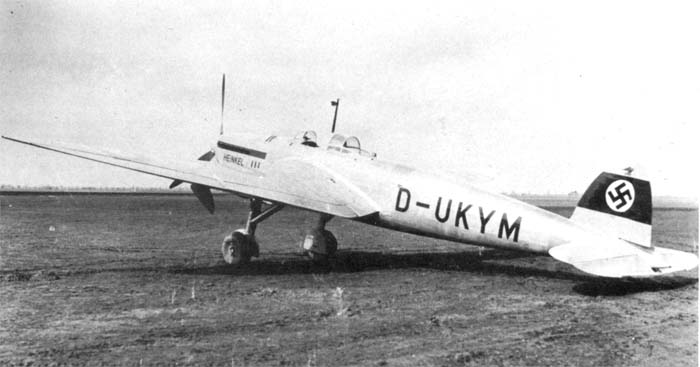|
Borduria
Borduria (Cyrillic: Бордурија) is a fictional country in ''The Adventures of Tintin'', the comics series by Belgian cartoonist Hergé. It is located in the Balkans and has a rivalry with the fictional neighbouring country of Syldavia. Borduria is depicted in ''King Ottokar's Sceptre'' (1938–1939) and ''The Calculus Affair'' (1954–1956), and is referred to in ''Tintin and the Picaros'' (1975–1976). Another international rival is Khemed. Appearances in ''Tintin'' books In ''King Ottokar's Sceptre'', Tintin (character), Tintin reads a Syldavian tourist pamphlet that reveals the early history of Syldavia and its relationship with Borduria. In 1195, Syldavia was annexed by neighbouring Borduria due to the weakness of King Muskar II, and was under its rule until 1275, when Baron Almaszout drove the Bordurians away and established himself as King Ottokar I. In the later ''Tintin'' stories, this ancient rivalry continues with the Bordurians continually trying to invade or ... [...More Info...] [...Related Items...] OR: [Wikipedia] [Google] [Baidu] |
Colonel Sponsz
This is the list of fictional characters in ''The Adventures of Tintin'', the comics series by Belgian cartoonist Hergé. The characters are listed alphabetically, grouped by the Main characters, the Antagonists, and the Supporting characters. Before the list, there is an Index of characters for each of the 24 albums. The supporting characters Hergé created for his series have been described as far more developed than the central character, each imbued with a strength of character and depth of personality that has been compared with that of the characters of Charles Dickens. Hergé used the supporting characters to create a realism (arts), realistic world in which to set his protagonists' adventures. To further the realism and continuity, characters recur throughout the series. During the German occupation of Belgium during World War II, German occupation of Belgium during World War II, and the subsequent restrictions this imposed, Hergé was forced to focus on characterisatio ... [...More Info...] [...Related Items...] OR: [Wikipedia] [Google] [Baidu] |
General Alcazar
This is the list of fictional characters in ''The Adventures of Tintin'', the comics series by Belgian cartoonist Hergé. The characters are listed alphabetically, grouped by the Main characters, the Antagonists, and the Supporting characters. Before the list, there is an Index of characters for each of the 24 albums. The supporting characters Hergé created for his series have been described as far more developed than the central character, each imbued with a strength of character and depth of personality that has been compared with that of the characters of Charles Dickens. Hergé used the supporting characters to create a realism (arts), realistic world in which to set his protagonists' adventures. To further the realism and continuity, characters recur throughout the series. During the German occupation of Belgium during World War II, German occupation of Belgium during World War II, and the subsequent restrictions this imposed, Hergé was forced to focus on characterisatio ... [...More Info...] [...Related Items...] OR: [Wikipedia] [Google] [Baidu] |
Marshal Kûrvi-Tasch
This is the list of fictional characters in ''The Adventures of Tintin'', the comics series by Belgian cartoonist Hergé. The characters are listed alphabetically, grouped by the Main characters, the Antagonists, and the Supporting characters. Before the list, there is an Index of characters for each of the 24 albums. The supporting characters Hergé created for his series have been described as far more developed than the central character, each imbued with a strength of character and depth of personality that has been compared with that of the characters of Charles Dickens. Hergé used the supporting characters to create a realistic world in which to set his protagonists' adventures. To further the realism and continuity, characters recur throughout the series. During the German occupation of Belgium during World War II, and the subsequent restrictions this imposed, Hergé was forced to focus on characterisation to avoid depicting troublesome political situations. The publi ... [...More Info...] [...Related Items...] OR: [Wikipedia] [Google] [Baidu] |
